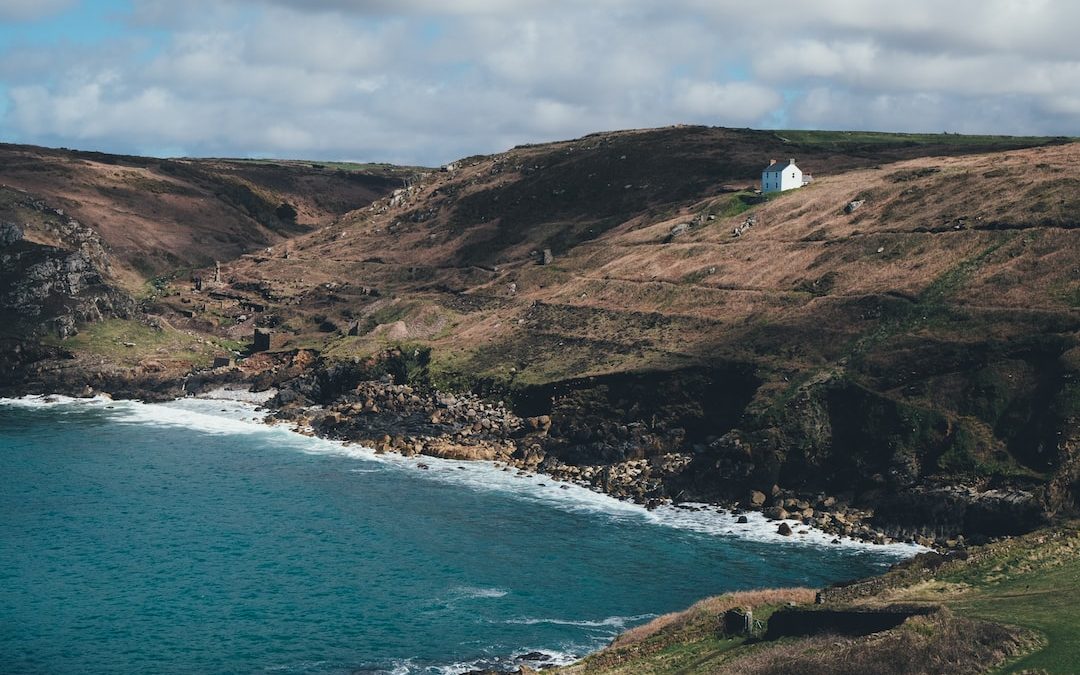Table of Contents
Exploring the Coastal Areas Definition
Introduction
Coastal areas are a vast and broad topic that encompasses the waters and lands that surround the coastlines of countries and continents. There are many definitions of coastal areas, and each type of coastal area is unique in its own way. This blog post will explore the definitions of coastal areas, the different types of coastal areas, and the importance of preserving and protecting these areas. This post will also discuss the economic and social benefits of coastal areas, as well as their environmental importance.
What is a Coastal Area?
A coastal area is a type of land or water that is located along a coast or shoreline. This area can include beaches, estuaries, bays, and any other land or water that borders a coastline. Coastal areas can range in size from small to large, and can encompass different types of land, ranging from lowlands to highlands. Generally, coastal areas are characterized by having water on at least one side, and land on the other.
Types of Coastal Areas
Coastal areas can be divided into four main categories: coastal wetlands, coastal estuaries, coastal beaches, and coastal highlands. Each type of coastal area has its own unique characteristics and is important in its own way.
Coastal Wetlands
Coastal wetlands are areas of land that are permanently or seasonally wet, and are typically found along the coasts of oceans, seas, or rivers. Coastal wetlands provide important habitat for a variety of plants and animals, and are important for preserving biodiversity. Coastal wetlands also provide protection from flooding and erosion, and can act as a buffer against storms.
Coastal Estuaries
Coastal estuaries are areas where salty ocean water meets fresh river water. These areas are important for a variety of marine life, as they provide a safe and nutrient-rich environment for organisms to flourish. Estuaries are also important for human activities, such as fishing and recreation.
Coastal Beaches
Coastal beaches are areas of land that are bordered by the ocean, and typically contain sand or gravel. Beaches are important for recreation and tourism, but they also provide important habitat for a variety of plants and animals. Beaches are also important for protecting coastal areas from erosion and storms.
Coastal Highlands
Coastal highlands are areas of land that are located close to the coast, usually on hills or mountains. These areas are typically forested and contain a variety of plants and animals. Coastal highlands are important for preserving biodiversity, and also provide important habitat for a variety of species.
The Importance of Coastal Areas
Coastal areas are important for a variety of reasons. These areas provide important habitat for a variety of plants and animals, and are important for preserving biodiversity. Coastal areas are also important for human activities, such as fishing, recreation, and tourism. In addition, coastal areas provide protection from flooding and erosion, and can act as a buffer against storms.
Economic and Social Benefits
Coastal areas provide a variety of economic and social benefits. These areas are important for tourism and recreation, and can provide jobs in the tourism and fishing industries. Coastal areas are also important for shipping and transportation, as they provide access to the ocean. In addition, coastal areas provide important cultural heritage and can be important sites of spiritual significance to many cultures.
Environmental Importance
Coastal areas are also important for the environment. These areas provide important habitats for a variety of plants and animals, and are important for preserving biodiversity. In addition, coastal areas can help protect against flooding and erosion, and can act as a buffer against storms.
Preserving and Protecting Coastal Areas
It is important to preserve and protect coastal areas, as these areas provide many benefits to humans and the environment. Some of the ways that coastal areas can be preserved and protected include creating protected areas, restoring coastal habitats, reducing pollution, and limiting coastal development.
Conclusion
Coastal areas are a vast and diverse subject matter, encompassing the waters and lands that surround the coastlines of countries and continents. There are many definitions of coastal areas, and each type of coastal area is unique in its own way. Coastal areas provide important habitat for a variety of plants and animals, and are important for preserving biodiversity. In addition, coastal areas provide important economic and social benefits, as well as environmental benefits. It is important to preserve and protect coastal areas, as these areas provide many benefits to humans and the environment. This blog post explored the definitions of coastal areas, the different types of coastal areas, and the importance of preserving and protecting these areas.












